We recently interviewed Izzy Szczepaniak, Marine Biologist, and ACS San Francisco Chapter Board member, to learn about some of his research work for the California Academy of Sciences, specifically, the collection of carcasses of cetaceans that strand along the Northern California coastline. There were two very rare species among recent strandings.
In Conversation with Izzy: How the Pandemic Has Affected Cetacean Research in the Bay Area
ACS Grant Recipient’s Organization Helps A Mexican Community Build Culture and Economy Around Cetaceans
ACS Grant Recipient’s Organization Helps A Mexican Community Build Culture and Economy Around Cetaceans
In a small village along the Mexican Pacific coast, Katherina Audley’s organization, the Whales of Guerrero Research Project identified an opportunity to help a community by creating a stronger bond with cetaceans that depend upon the Pacific Ocean for their survival.
Just Like Humans: Cetaceans and Emotion
ACS Grant Recipient's Research Shows Connection Between Whale Entanglement, Warmer Ocean Temperatures, and Dungeness Crab Fishing
In the last few years, the number of whales getting tangled up in fishing gear in local waters has skyrocketed. In 2016, the National Oceanic and Atmospheric Administration reported 71 separate cases of whale entanglement with fishing gear on the West Coast. That is 41 more instances of whale entanglement than in 2014 and the highest annual total since the agency first started keeping track in 1982.
Armed with 30 years of whale sighting data in the Farallon Islands, ACS San Francisco Bay Chapter research grant awardee Kaytlin Ingman set out to find out why more whales were getting caught in fishing equipment than nearly ever before.
ACS Grant Recipient’s Research Models Humpback Habitat and Shipping Lanes to Inform Strategies for Reducing Ship Strikes
Andrea Dransfield has never been inside the belly of a whale, but she did get a pretty good glimpse inside several humpback’s mouths.
As a graduate student at San Francisco State University’s Romberg Tiburon Center for Environmental Studies, Dransfield got a first-hand view of humpback whales lunge feeding right next to the National Oceanic and Atmospheric Administration (NOAA) research vessel. The sighting was not only one of the most gratifying experiences of Dransfield’s research, but also it became a data point in her thesis. Between 2011 and 2012, she gathered records on oceanographic properties and humpback whale sightings during data collection cruises, adding to Point Blue Conservation Science’s extensive dataset, to create predictive models that could map out humpback whale high-use habitats and reduce the risk of whale ship strikes.
Impacts of Anthropogenic Sound on Marine Life
When we consider major environmental threats to marine life, we often think of issues such as oil spills, overfishing, and plastic pollution. A threat that’s likely not as familiar to the general public but holds grave consequences is that of ocean noise pollution. NOAA’s National Ocean Service defines ocean noise pollution as “sounds made by human activities that can interfere with or obscure the ability of marine animals to hear natural sounds in the ocean.” An article in Yale Environment 360 shares a quote from marine scientist Christopher Clark: “We are injecting so much noise that we are effectively acoustically bleaching the world’s oceans.”
